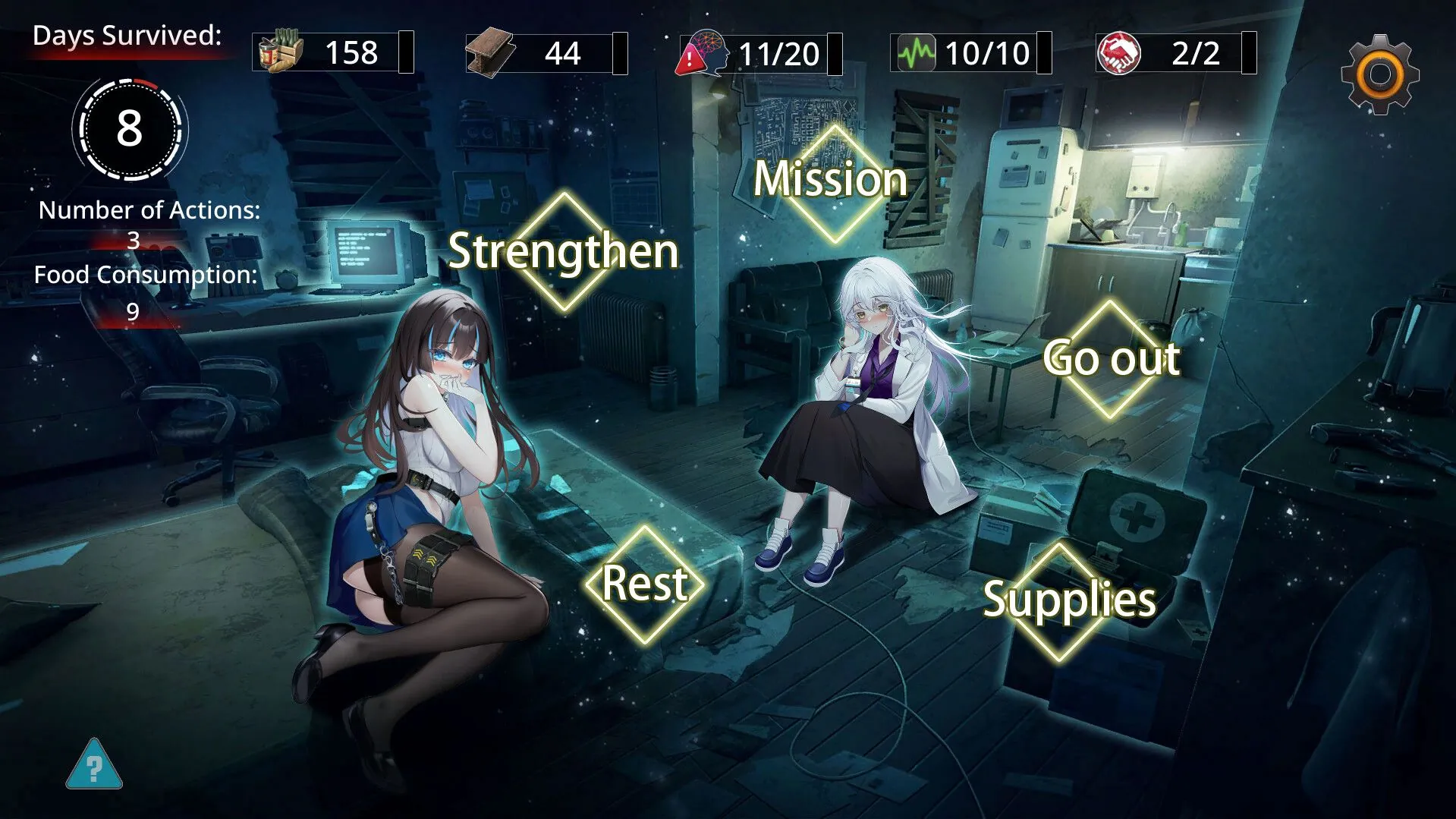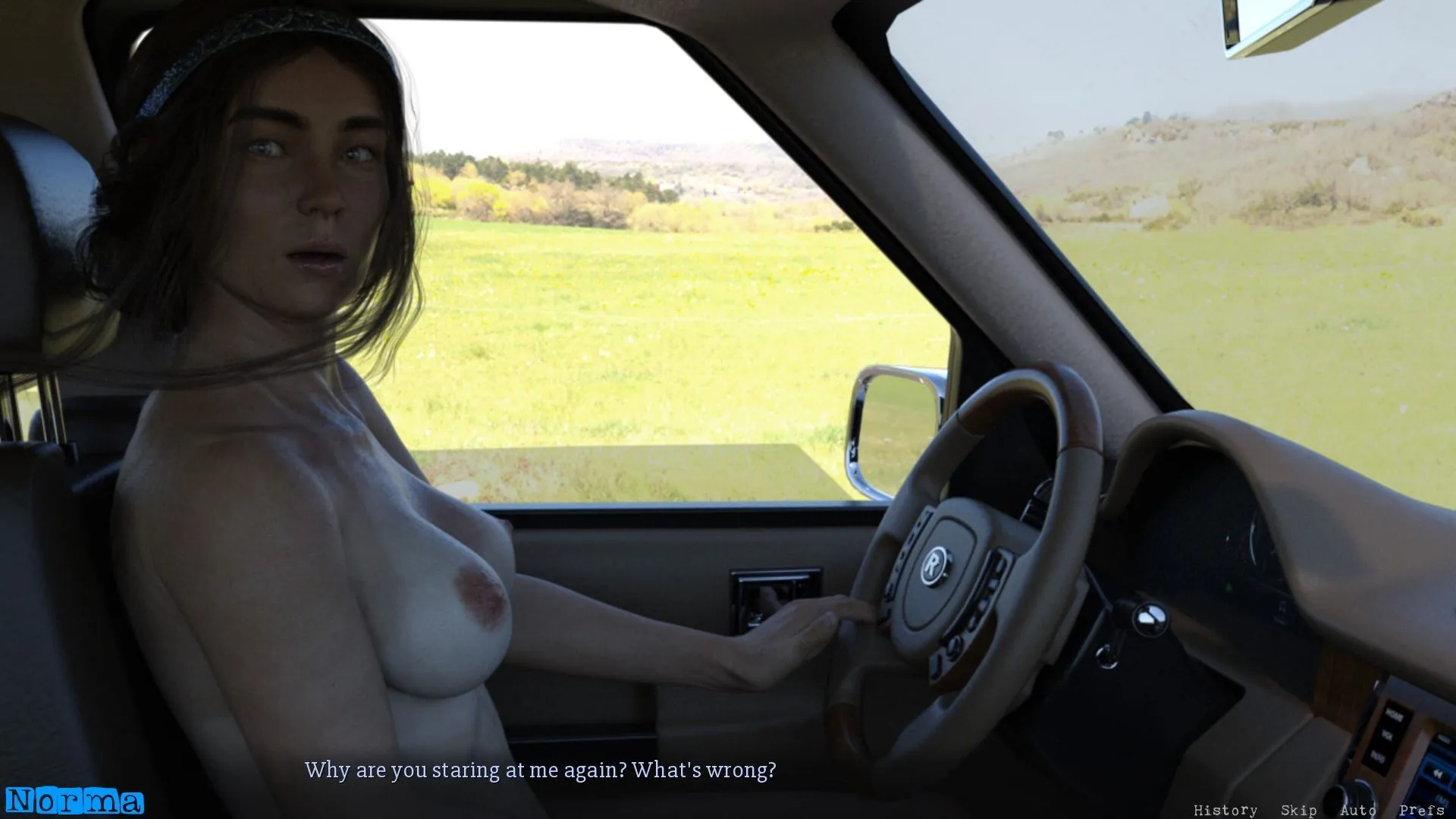
The Pilgrimage
Play The Pilgrimage
The Pilgrimage review
Exploring the Controversial Fusion of Spirituality and Adult Gaming
The Pilgrimage redefines adult gaming with its provocative blend of spiritual journey motifs and explicit content. As players navigate moral dilemmas through intimate gameplay mechanics, this title sparks heated debates about sexuality in interactive media. We’ll unpack its unique role-playing systems, analyze controversial narrative choices, and reveal why it’s become a lightning rod in gaming communities.
Gameplay Mechanics and Mature Content Design
Sacred/Profane Choice Systems in Character Development
Picture this: you’re trekking through a digital medieval landscape, torn between helping a starving monk or seducing a mysterious traveler. 😅 That’s The Pilgrimage in a nutshell—a game where every choice feels like picking between confession and sin. At its core lies the Sacred/Profane dialogue wheel, a mechanic that blends spiritual introspection with, well, very earthly desires.
Here’s how it works: instead of generic “good vs. evil” options, you’re balancing spiritual growth against hedonistic impulses. Choose to pray at a shrine, and your “Soul Balance” meter tilts toward enlightenment. Flirt with that charming bard? The meter dips toward indulgence. But here’s the kicker—neither path is “right.” The game rewards authenticity, not morality. I once played a monk who swore celibacy but kept slipping into taverns—and the narrative adapted, painting him as a relatable mess rather than a failure. 🙏🔥
Pro Tip: Your “Soul Balance” isn’t just flavor text—it locks or unlocks 57 narrative branching paths. Too much piety? You’ll miss steamy subplots. Too much debauchery? The game’s mystical allies might ghost you.
This adult game mechanic forces players to confront their own biases. Is helping a village rebuild “sacred,” or is it a selfish act to earn praise? The ambiguity mirrors real-life ethics, making even mundane choices feel weighty.
Intimacy Mini-Games: Beyond Basic Quick-Time Events
Let’s address the pixelated elephant in the room: most mature content design in games boils down to awkward button-mashing. Not here. The Pilgrimage treats intimacy like a dance, not a checkbox. 💃🕺 Its three-stage system—emotional connection, verbal negotiation, physical interaction—demands you earn trust before clothes come off.
Stage 1: You’re not just picking flirtatious dialogue. You’re sharing vulnerabilities, decoding body language, and navigating past traumas (yes, the NPCs have those). Fail to listen, and the scene fades to black. Stage 2: Negotiate boundaries using a dynamic consent menu—think Cyberpunk 2077’s dialogue trees, but with more emotional intelligence. Stage 3: The actual “mini-game” focuses on rhythm and reciprocity, replacing cringe-worthy QTE’s with tactile gestures that mirror real intimacy.
| Story Arc | Emotional Connection | Physical Mechanics |
|---|---|---|
| Monk’s Temptation | Shared guilt, secret desires | Slow, deliberate pacing |
| Merchant’s Bargain | Power dynamics, mutual gain | Risk-reward trade-offs |
| Widow’s Solace | Grief, emotional safety | Comfort-focused interactions |
This approach transforms ethical porn game mechanics from buzzwords into something tangible. One playtester told me, “It’s the first time I didn’t feel gross after an adult scene—it felt human.” 🌟
Ethical Dilemma Resolution Mechanics
Ever played a game where “ethical choices” meant saving orphans or kicking puppies? The Pilgrimage laughs at that binary. Its pilgrimage gameplay systems thrive in gray areas. Take the “Heretic’s Trial” quest: you’re jury for a nun accused of witchcraft. Evidence suggests she’s innocent… but freeing her could spark a peasant revolt. 🔥⚖️
The game’s moral/sexual decision matrix means your romantic entanglements directly impact these dilemmas. Sleep with the local lord, and he might sway the trial—but at what cost to your reputation? The 57 narrative branching paths ensure no two players see the same story. My darkest run involved a character so corrupted by power that their “pilgrimage” became a grotesque parody of faith—complete with cults and ritualistic orgies. (Don’t judge me.)
What makes this mature content design work? Player agency without exploitation. You’re never forced into explicit scenes; the eroticism emerges organically from relationships. And the game’s code of ethics? It’s baked into the design:
– No non-consensual scenarios
– Diverse body types & orientations
– NPCs withdraw consent if you ignore boundaries
It’s like The Witcher 3’s storytelling met Monster Prom’s inclusivity—but with way more soul-searching.
Why This Fusion Matters
The Pilgrimage isn’t just pushing buttons—it’s pushing boundaries. By blending pilgrimage gameplay systems with adult game mechanics, it challenges players to see intimacy and spirituality as intertwined, not opposing. Those 57 narrative branching paths? They’re not just about “good” or “bad” endings—they’re about asking who you become when desire and dogma collide.
So, ready to walk the razor’s edge between sacred and profane? Just remember: in this game, the real pilgrimage is the sins you confess along the way. 😉
The Pilgrimage challenges gaming norms by merging spiritual quests with adult content, creating both innovative mechanics and ethical quandaries. While its narrative depth pushes boundaries, players should approach its mature themes with conscious intent. For those curious about thought-provoking adult gaming, download our content guide before embarking on this digital pilgrimage.














